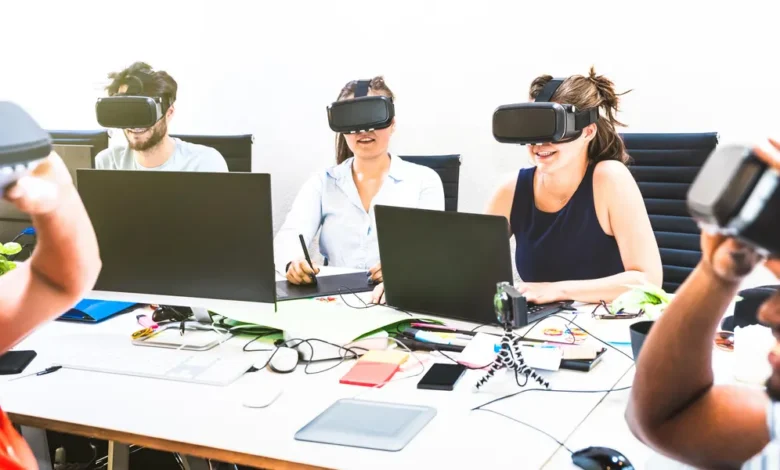How Technology Has Changed Communication Over the Years

Over the years, technology has reshaped the landscape of communication in profound ways. From the simplicity of written letters to the immediacy of mobile texts, each advancement has altered how individuals connect. The transition from oral to written forms marked significant milestones, while telecommunication introduced new dimensions of interaction. As society stands on the brink of further innovations, understanding these changes reveals critical insights into future communication dynamics. What lies ahead may redefine our connections even further.
The Era of Written Communication
Although the advent of oral communication laid the groundwork for human interaction, the era of written communication marked a significant transformation in how ideas and information were shared.
Handwritten letters served as personal connections, while the typewriter evolution accelerated written correspondence, enhancing productivity and accessibility.
This shift empowered individuals to express themselves freely, ultimately shaping the landscape of communication in profound ways.
The Advent of Telecommunication
As societies evolved, the introduction of telecommunication revolutionized the way people connected across vast distances, enabling instantaneous exchanges that were once unimaginable.
Telegraph innovations laid the groundwork for rapid communication, while the telephone evolution brought voice into the equation.
These advancements not only fostered personal connections but also empowered individuals, ultimately shaping a world where freedom of expression flourished through enhanced connectivity.
The Rise of the Internet and Social Media
With the advent of the internet, communication underwent a seismic shift that transformed not only how individuals interacted but also how information was disseminated globally.
The internet evolution fostered a new landscape, where social media influence became paramount, enabling rapid sharing and engagement.
This shift empowered voices previously unheard, revolutionizing public discourse and providing a platform for diverse perspectives in an increasingly interconnected world.
The Impact of Mobile Technology on Communication
The proliferation of mobile technology has further transformed communication dynamics, building on the foundation laid by the internet and social media.
Text messaging and video calls have become essential tools, enabling instant connections across distances. This shift has democratized communication, allowing individuals to engage freely and spontaneously, fostering relationships and enhancing collaboration in both personal and professional realms.
Mobile technology has redefined interaction in unprecedented ways.
Conclusion
In an age where instant messages can travel across the globe in a heartbeat, one might expect that communication would flourish without barriers. Ironically, as technology advances, the depth of human connection often diminishes, replaced by fleeting texts and emojis. The very tools designed to connect individuals can sometimes foster isolation, leaving a paradox where the more people communicate digitally, the less they engage meaningfully. Thus, the evolution of communication reveals a complex tapestry of progress intertwined with disconnection.

